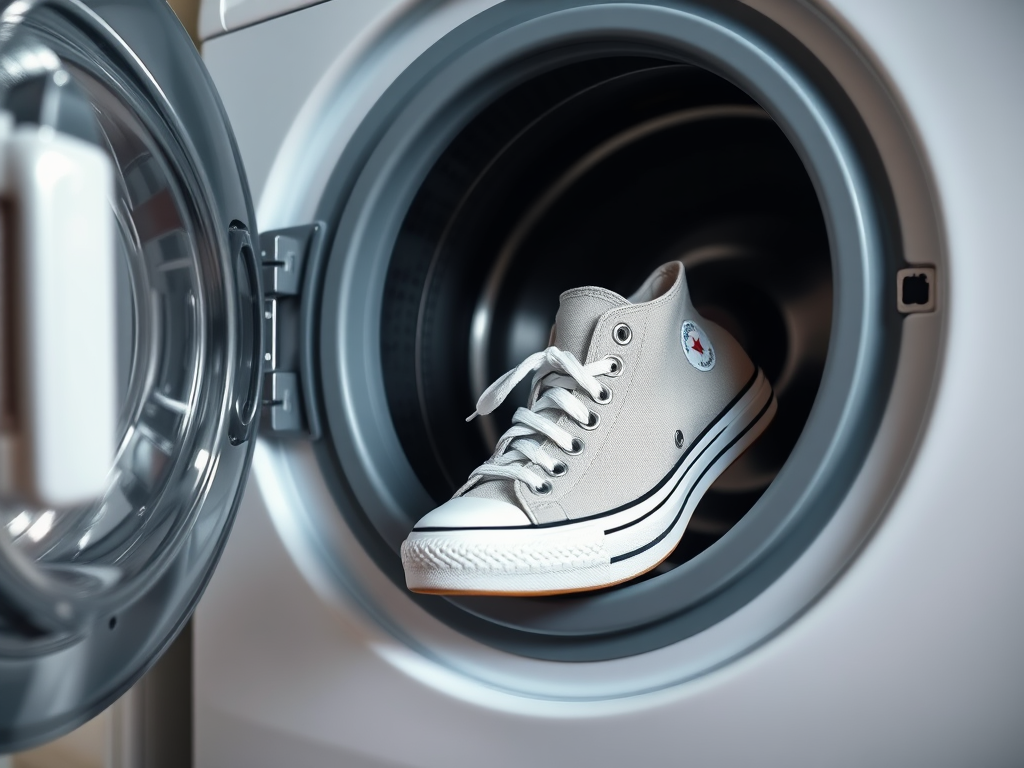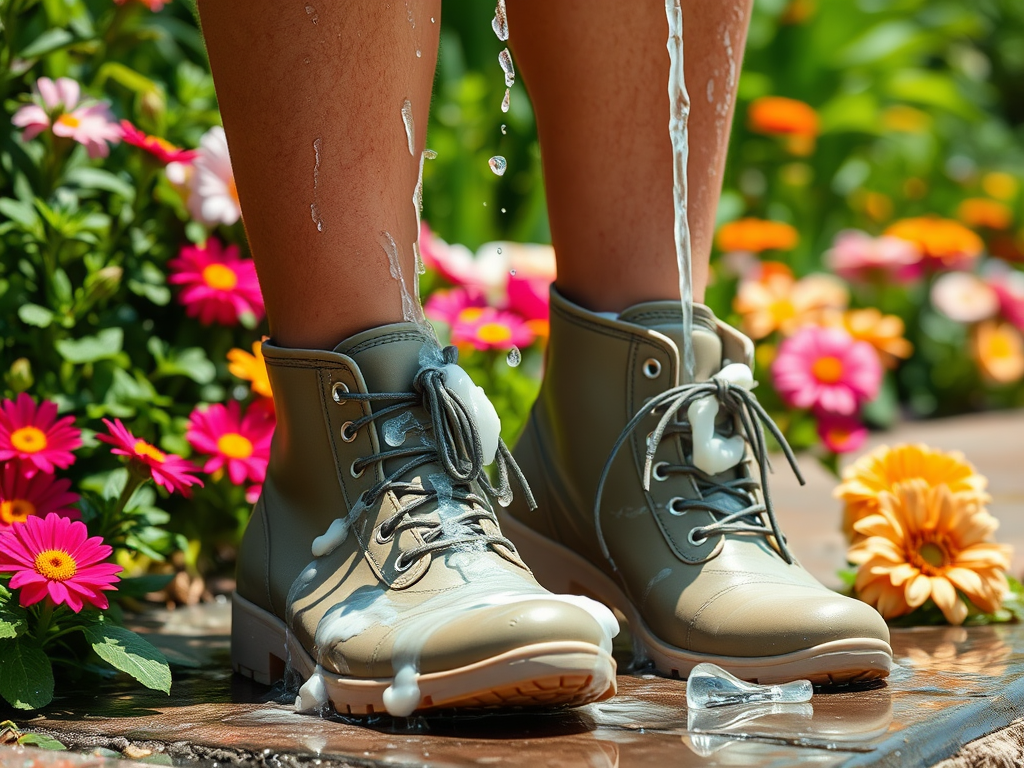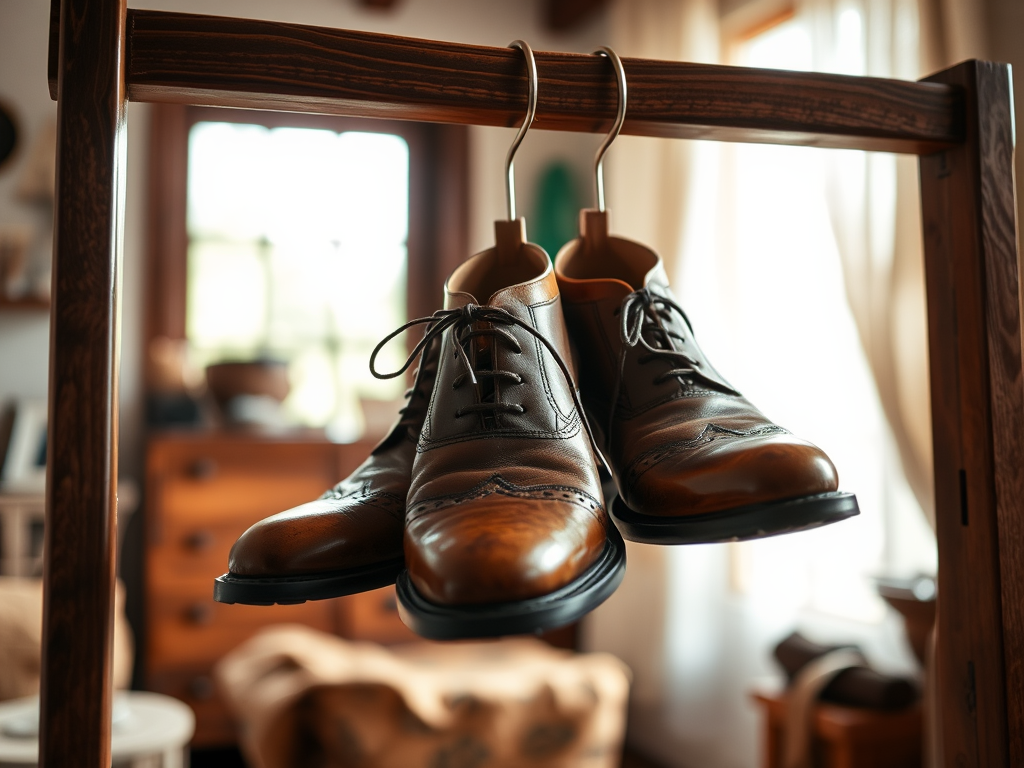We’ve all been there—after a long day, you toss your shoes in the laundry, hoping they’ll emerge refreshed and clean. However, when it comes to drying those shoes, you might want to think twice. Not all shoe materials are created equal, and the heat of a dryer could do irreparable damage to the footwear you cherish. Understanding the various materials that shoes are made from is essential for preserving their quality and durability. The balance between convenience and care can be tricky, but with the right knowledge, you can make your shoe-cleaning experience a breeze without the worry of destruction.
In this article, we will delve into the world of shoe materials, providing insight into which types can handle the rigors of a dryer and which ones cannot. From leather to canvas, each material comes with its specific vulnerabilities and strengths. Armed with this information, you can keep your favorite pair of sneakers, boots, or sandals in prime condition. Let’s take a closer look!
Common Shoe Materials

Knowing what your shoes are made of is the first step to determining whether you can safely toss them in the dryer. Let’s explore the most common shoe materials and their compatibility with dryer use.
Leather
Leather shoes exemplify style and longevity, but their reaction to high heat is less than ideal. When exposed to the dryer’s heat, leather can shrink or crack, compromising its durability and aesthetic appeal. To maintain their elegance, it’s crucial to let leather shoes air-dry. Simply place them in a cool, dry location, and avoid any direct sunlight or heat sources. This method allows the moisture to evaporate gradually, preserving your shoes’ shape and finish.
Canvas
Canvas shoes dominate the casual footwear landscape, from summer kicks to everyday sneakers. When it comes to drying these versatile shoes, caution is advised. High temperatures can cause canvas to shrink or distort, leading to an uncomfortable fit. A safe alternative would be to allow them to air dry or use the dryer on a low heat setting. Doing so helps retain the original shape and comfort of the shoe, ensuring you are not stuck with a pair that’s lost its charm.
Synthetic Materials
Synthetic shoe materials like polyester and nylon tend to be more resilient than their natural counterparts. Most synthetic shoes are designed to endure low to medium heat, making them more compatible with dryer settings. Still, it’s wise to check care labels as recommendations can vary. Overall, these shoes are more forgiving, but taking precautionary measures is always beneficial.
| Material Type | Dryer Compatibility | Best Care Practices |
|---|---|---|
| Leather | No | Air dry in a cool place |
| Canvas | Low heat advised | Preferably air dry |
| Synthetic | Usually safe | Check care label |
| Rubber | No | Air dry manually |
Rubber
Rubber shoes are common in flip-flops and galoshes but are a definite no-go for the dryer. High heat can warp or even melt rubber, ruining the shoe’s structure and comfort. Instead, opt for a thorough clean with mild soap and let them air dry. This ensures that your rubber footwear remains intact while retaining its flexibility.
Special Considerations

When deciding whether to toss your shoes into the dryer, it’s important to consider more than just the main material. Other factors could significantly influence the decision and underline the importance of mindful care.
Shoe Components
Often, shoes consist of several components that can be adversely affected by high heat. Here’s a quick list of some vulnerable parts:
- Insoles and linings: Typically made from foam or fabric that can be damaged by heat.
- Adhesives: The glue that binds soles to the upper can weaken, risking separation.
- Fasteners: Metal parts may heat up and become loose or damaged.
Shoe Design
The design and construction of your shoes can also dictate whether they’re dryer-friendly. Particular styles come with unique cautionary measures:
- Embellished styles: Shoes with beads, sequins, or other delicate components should avoid the dryer.
- Heels: High-heeled shoes may warp or become unstable in the tumbling action of a dryer.
- High-tops and boots: The shape may change, leading to discomfort while wearing them.
Conclusion
So, can you safely dry your shoes in the dryer? The answer is multifaceted, deeply rooted in understanding the materials that comprise your footwear. While synthetic and canvas shoes may be able to withstand the dryer’s heat, leather and rubber are best left for air drying. Be attentive to the shoe components, as well as the design, to fully preserve the lifespan of your shoes. With mindfulness and care, your collection can remain fresh, comfy, and stylish for years to come.
Frequently Asked Questions
- Can I dry my leather shoes in the dryer? No, it is recommended to air-dry leather shoes to prevent cracking and stiffness.
- Are canvas shoes safe to dry in the dryer? Canvas shoes are best dried on a low heat setting, but air drying is preferred to maintain shape.
- What about synthetic shoes? Most synthetic shoes can withstand the dryer; however, always check the care label for specific instructions.
- Can rubber shoes go in the dryer? No, rubber shoes should never go in the dryer, as high heat can warp or melt them.
- What should I do if my shoes have embellishments? If your shoes have embellishments or delicate designs, it is best to avoid the dryer and opt for air drying.



